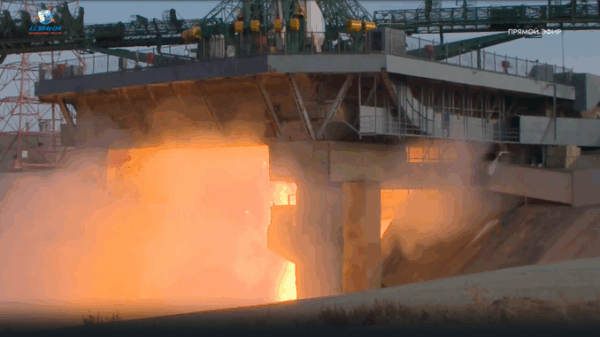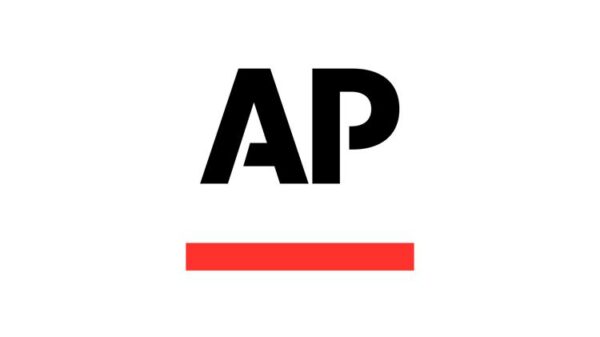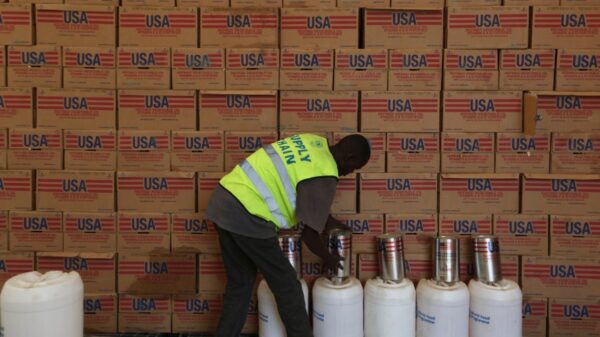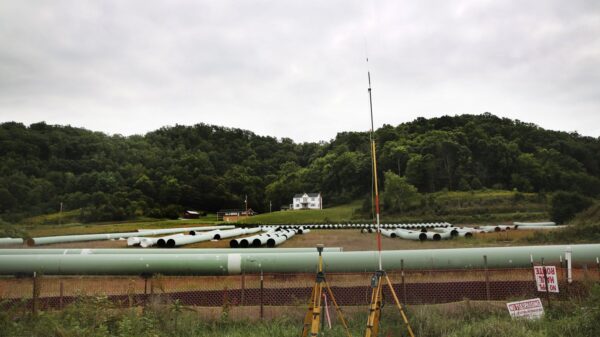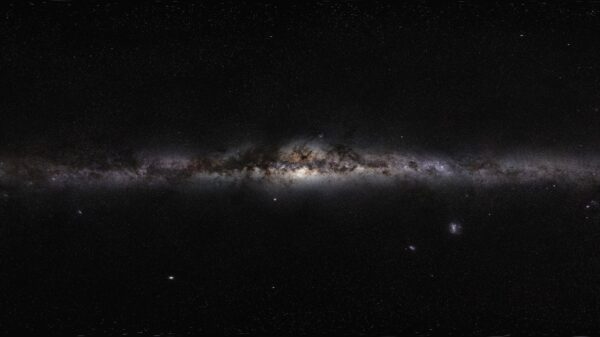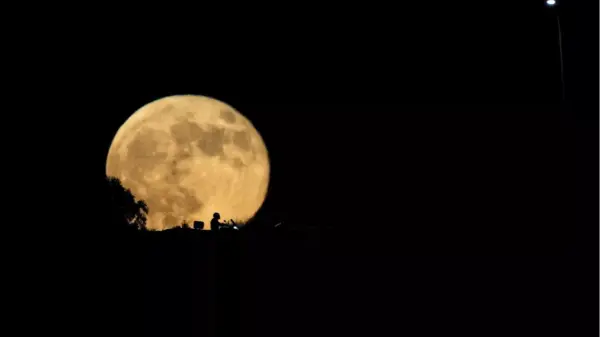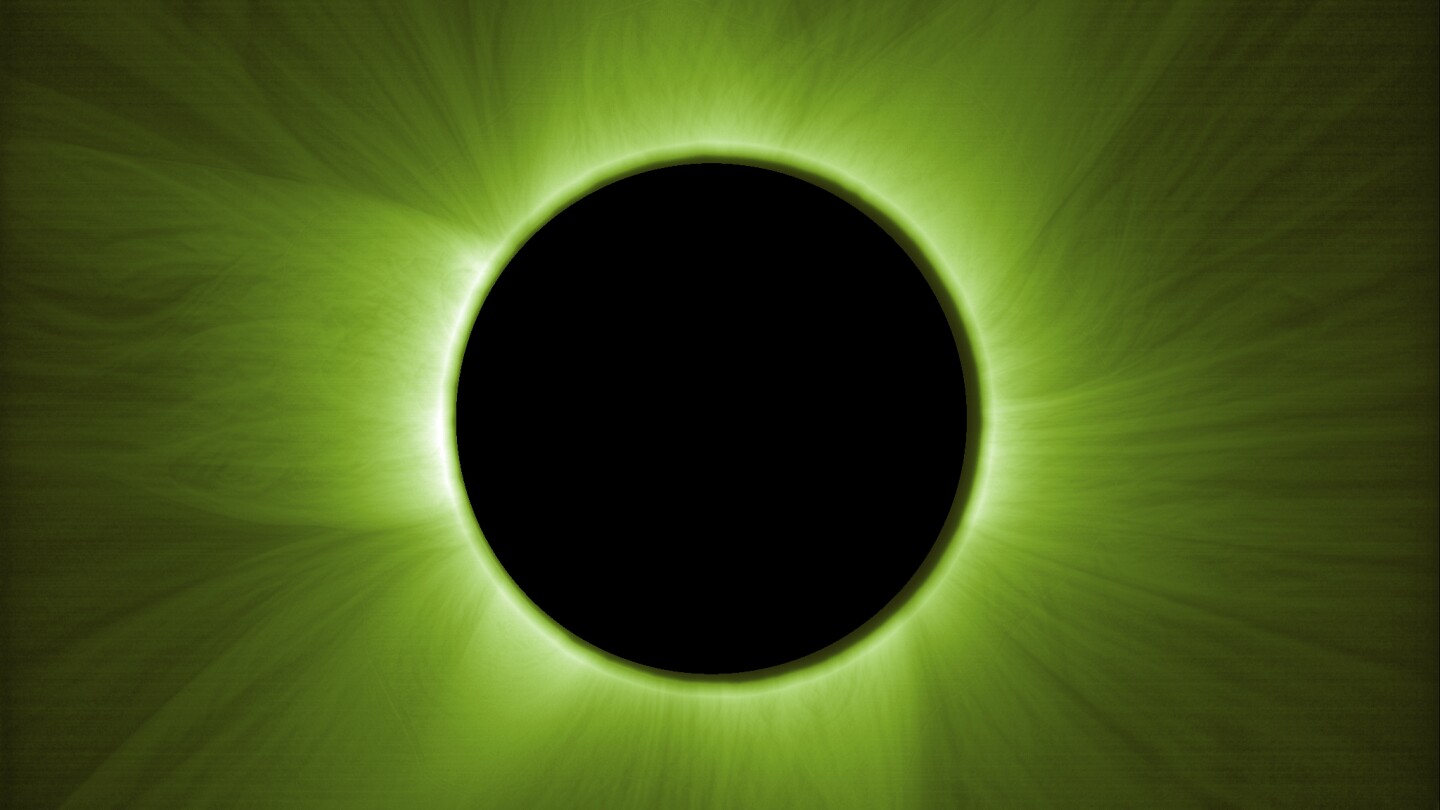CAPE CANAVERAL, Fla. — In a groundbreaking achievement, two European satellites have successfully simulated solar eclipses, providing scientists with unprecedented opportunities to study the sun’s corona. The European Space Agency (ESA) unveiled the first images of these artificial eclipses at the Paris Air Show, marking a significant advancement in space science.
Launched late last year, the satellites have been producing these simulated eclipses since March, orbiting tens of thousands of miles above Earth. The satellites, flying in precise formation just 492 feet apart, mimic the moon’s natural eclipse effect by blocking the sun, allowing the other satellite to capture detailed images of the sun’s corona.
Precision and Innovation in Space
The mission, known as Proba-3, represents a $210 million investment in space technology and scientific exploration. The satellites, each less than 5 feet in size, perform a complex dance that requires extreme precision. Their positioning is accurate to within a millimeter, achieved through advanced technologies such as GPS navigation, star trackers, lasers, and radio links.
According to Andrei Zhukov, the lead scientist from the Royal Observatory of Belgium, the mission has already produced 10 successful solar eclipses during its checkout phase. The longest of these eclipses lasted five hours, with the team aiming to extend this to six hours once full scientific operations commence in July.
“We almost couldn’t believe our eyes,” said Zhukov. “This was the first try, and it worked. It was so incredible.”
Scientific Potential and Future Prospects
The potential for scientific discovery is immense. Over the two-year mission, scientists expect to generate nearly 200 artificial eclipses, providing over 1,000 hours of totality. This is a stark contrast to natural solar eclipses, which offer only a few minutes of totality and occur, on average, once every 18 months.
The sun’s corona, which remains hotter than the solar surface, continues to intrigue scientists. Understanding coronal mass ejections, which can disrupt power and communication systems on Earth, is a key focus. The Proba-3 mission’s unique approach, with the sun-blocking disk and telescope on separate satellites, offers a clearer view of the corona’s outer edges.
ESA’s mission manager, Damien Galano, expressed satisfaction with the mission’s progress, highlighting the unprecedented accuracy of the formation flying. “We are extremely satisfied by the quality of these images,” Galano said at the Paris Air Show.
Historical Context and Technological Advances
While previous missions, such as the Solar Orbiter and Soho observatory, have simulated solar eclipses, they involved a single spacecraft. The Proba-3 mission’s dual-satellite approach marks a significant technological leap, allowing for a more detailed examination of the sun’s corona.
This development comes as scientists continue to grapple with the mysteries of the sun. The ability to study the corona in such detail could lead to breakthroughs in our understanding of solar phenomena and their impact on Earth.
Looking Ahead
As the Proba-3 mission transitions into its full operational phase, scientists are eager to explore the wealth of data it will generate. The mission’s success could pave the way for future innovations in space exploration and solar research.
The implications of this mission extend beyond scientific discovery. By enhancing our understanding of the sun, we can better prepare for and mitigate the effects of solar activity on our planet. The Proba-3 mission is a testament to the power of international collaboration and technological innovation in advancing our knowledge of the universe.
The Associated Press Health and Science Department receives support from the Howard Hughes Medical Institute’s Science and Educational Media Group and the Robert Wood Johnson Foundation. The AP is solely responsible for all content.






